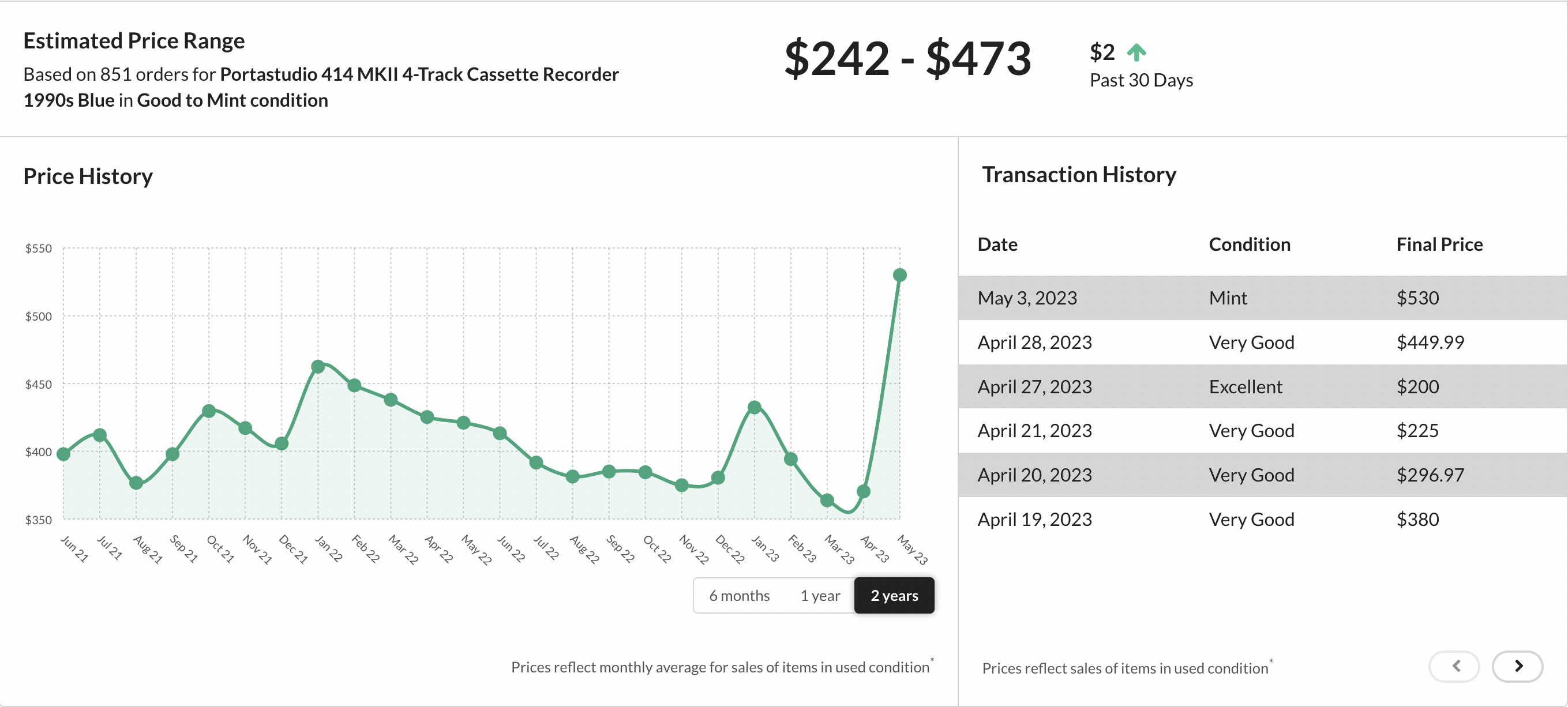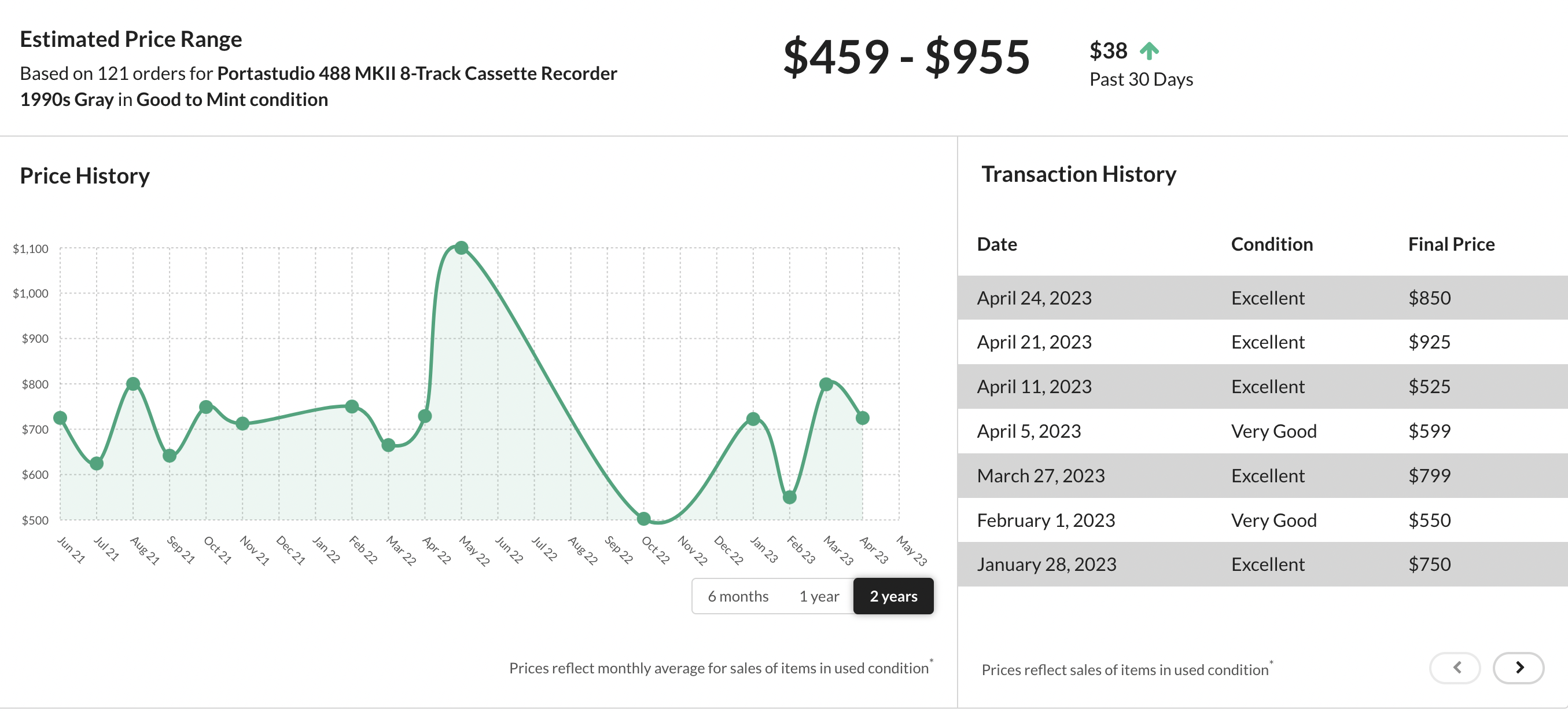Looking back to the advent of multi-track cassette recorders, it's easy to see what made them so popular. It was a revolutionary moment for bedroom producers everywhere.
Devices like the Tascam Portastudio series let you record yourself or your band at home—or overdub yourself again and again to become your own band—without the hassle, size, or expense of mixers and reel-to-reels.
The dawn of a new DIY day, it continued to shine through the '80s and '90s, for indie and major label artists alike. Artists from Bruce Springsteen to Wu-Tang to PJ Harvey to Guided By Voices have all famously used them to record or mix down records that are now considered classics.
Digital multi-tracking advanced in the '90s. Alesis ADATs proliferated in project studios and Digidesign's Pro Tools gained traction. But cassette recorders remained the only affordable alternative. Of course, that has all now changed.
Today, intro-level DAWs are given away for free, even pro-level DAWs are relatively inexpensive, and full productions can be made easily on a laptop or with as little as a cell phone. The capabilities digital producers take for granted, like unlimited track counts and drag-and-drop editing, would have been unthinkable luxuries in the '80s.
So why are cassette recorders once again so popular?
Tascam's Revolution

Ever since they were introduced by Tascam over four decades ago, the Portastudio has earned its rightful reputation as one of the most self-contained and reliable recorders in multitrack music production history.
When its parent company TEAC unveiled the Tascam Series 144 in 1979, they struck gold: They had developed a compact workstation complete with VU meters, faders, EQ knobs, and a master buss that let musicians record multiple parts onto different tracks without stepping foot into a physical studio.
Not only was it easy to learn, it was also affordable. The world's first portable four-track recorder kicked off a DIY revolution in home recording that is still going strong today. One could argue it helped invent the genre of "bedroom pop" before it even had a name.
Soon to follow was the Tascam 244 Portastudio in 1982 was a significant upgrade within the same format, working in DBX noise reduction and compression. As the line evolved over the next decade, so did the features and ergonomics. The Porta One Ministudio, for example, was the first battery-powered model, while later models expanded I/O and track count.
DAWless Home Recording
Whatever the model, anybody who has gotten their hands on a Portastudio can attest to their tried-and-true status. One could argue that, even with far fewer features at your fingertips, they're more interactive than a computer screen and mouse.
Thanks to that, Portastudios deliver a sense of experimentation and immediacy that differs from digital recording, and—let's face it—the warmth and aura of analog technology remains an irresistible force to reckon with.
Especially for musicians who work on computers at their day jobs, cassette recorders have the added appeal of letting them unplug. The retronym "DAWless" has even caught on as a term for those that want computer-free music rigs—free, that is, of the eyestrain, million-and-one options, and all the accompanying anxiety those digital tools provide.
To many 21st century cassette recordists, the simple pleasure of creating music is best served by a simple machine.
Gritty Mixdown

The vast majority of music-makers today are recording into DAWs, but everyone wants some tape saturation sometime. When the feeling strikes, you can reach for a tape-style plugin, you can reach for a hardware emulator like the Handsome Audio Zulu, or you can reach for a Tascam.
The Wu-Tang Clan's 36 Chambers was created at Firehouse Studio in New York City and mastered at The Hit Factory, but part of the dirt and grime that made those beats sound so thunderous was because they bounced the final mixes down into cassettes through a Tascam 244.
Anyone working with a DAW at home can do the same thing into any Portastudio model. At modest input levels, the cassette can offer a subtle compression that helps glue your tracks together. At higher levels, you can get rich, harmonic distortion, which might be particularly useful to dress up kicks, snares, or otherwise sterile-sounding synths.
Alongside those bedroom producers who want a refuge from a DAW, the producers who simply want to augment their DAW with cassette tape are some of the new buyers of Portastudios. The third segment is the most inventive.
The Cortini Tape Trick

One of the artists who has done more than nearly any other to expand the use of Portastudios is Alessandro Cortini, a solo artist and member of Nine Inch Nails. While many artists have made tape loops and tape experimentation part of their practice, Cortini has created his own instrument out of it.
Using the Tascam 414 MKII, Cortini bounces DAW stems into a 4-track cassette. Now, with each fader controlling one portion of a multi-track soundscape, it behaves like a primitive tape loop sampler, or, as he once told Reverb in a 2017 interview, "a poor man's Mellotron."
Riding the faders, EQ, and pitch control on the Tascam—and processing with additional outboard effects—he turns the pre-recorded parts alive again. To view his process is to become inspired by it, and plenty of people have logged onto Reverb to buy a Portastudio after watching Cortini perform, and have driven up prices on the exact model he prefers.
Tascam Price Trends
What we could call the Cortini model—the Portastudio 414 MKII—or what he called "the poor man's Mellotron" is no longer for poor men. Its average sale price in 2022 was $402, a 185% increase from its 2015 average.
That model is one that has appreciated in value more than any other since 2015, but every single cassette recorder from Tascam (or competitors like Fostex and Yamaha) has increased in price over the life of Reverb. On the whole, the subcategory is up 70% in seven years.

The 488 MKII, a larger, 8-track cassette recorder, had an average price of $729, a 147% increase over the same time period. Other models and seven-year price trends include Porta 05 (131%), 414 (114%), 464 Portastudio (68%), 244 Portastudio (67%), and 488 (59%).
Even models with very limited functions, like the Porta 02 and Porta 03, have more than doubled in value in recent years.
Be that as it may, the same is not true of many of the company's digital recorders. While you can't do fun tape tricks with them, they do offer a form of DAWless recording, and now, most sell for far below what they cost new and less than their cassette counterparts. Might we be on the cusp of a retro digital recorder revival?
